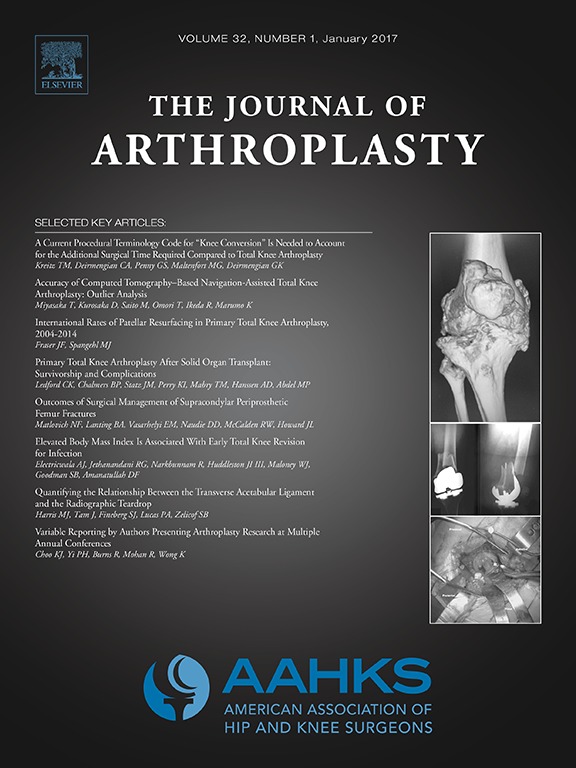
Arthroplasty
Cold compressive dressings reduce morphine consumption after unicondylar arthroplasty
J Arthroplasty. 2005 Apr;20(3):316-21Sixty patients (61 knees) undergoing unicondylar knee arthroplasty were randomized to receive cold compressive dressings (Cryo/Cuff), epidural anesthesia (EDA), or a control treatment using only traditional analgesics as needed. Over 6 weeks, there was no difference between the three groups for pain, bleeding, swelling, and range of motion. However, significantly less morphine was consumed by the Cryo and EDA groups than the control group over the first 24 hours after surgery. There was no difference in morphine consumption between the Cryo and EDA groups.
Unlock the full article
Get unlimited access to OrthoEvidence with a free trial
Start TrialCritical appraisals of the latest, high-impact randomized controlled trials and systematic reviews in orthopaedics
Access to OrthoEvidence podcast content, including collaborations with the Journal of Bone and Joint Surgery, interviews with internationally recognized surgeons, and roundtable discussions on orthopaedic news and topics
Subscription to The Pulse, a twice-weekly evidence-based newsletter designed to help you make better clinical decisions
Exclusive access to original content articles, including in-house systematic reviews, and articles on health research methods and hot orthopaedic topics
Or continue reading this full article
Register Now

Subscribe to "The Pulse"
Evidence-Based Orthopaedics direct to your inbox.




































